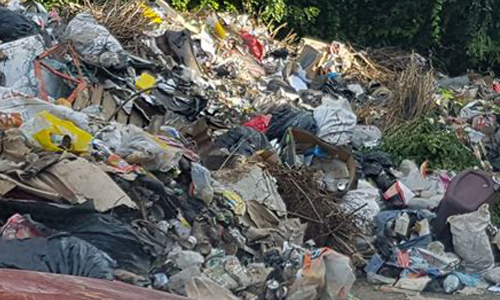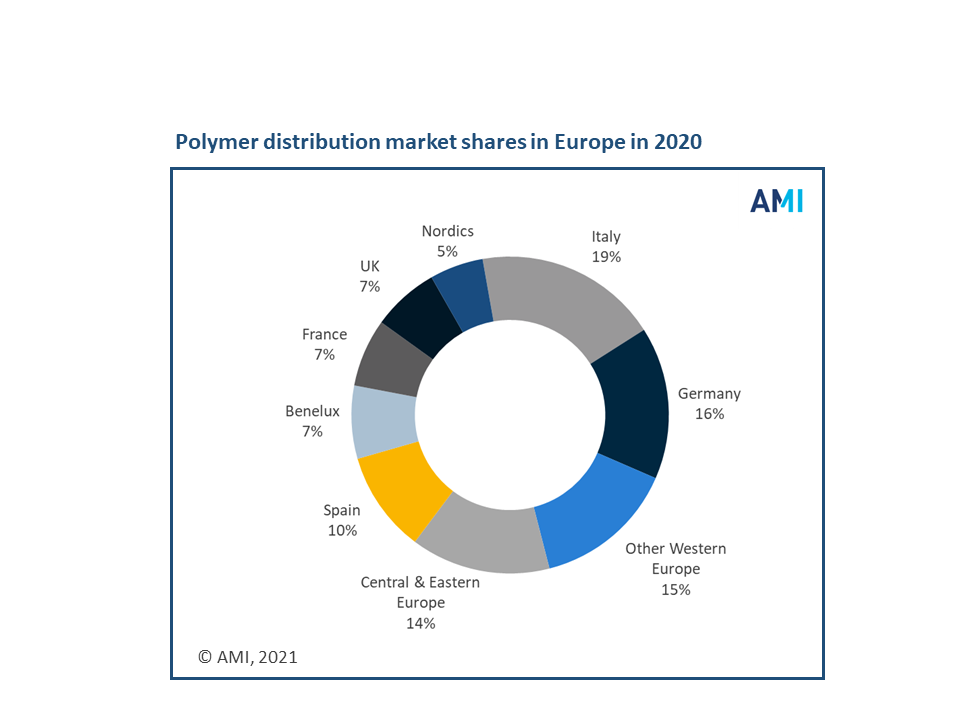When I buy fruit and vegetables at my nearest supermarket, I can no longer buy loose mushrooms, onions, apples or potatoes. They all come wrapped in plastic — a close-to-home reminder about how the use of plastic packaging is increasing in our daily lives. Of the 380m tonnes of plastics produced worldwide each year, more than 40% are used in packaging, with the majority of that used in food packaging.
Plastic packaging does not just cause environmental problems with its use of resources, litter and degradation to smaller particles; it is a source of chemical exposure to consumers and workers.
The chemicals used in packaging can migrate into foods and the environment during manufacturing, use, disposal and recycling. It is therefore vital for us to know what chemicals are present in plastic packaging and what the associated risks are, so that we can restrict chemicals that cause harm and replace them with safer alternatives.
Plastic packaging database
Since the summer of 2017, CHEM Trust has been part of a collaboration of NGOs, including the Food Packaging Forum, ChemSec and academic scientists, to:
identify which hazardous chemicals are used in the manufacturing of plastic packaging and in the end product;
compile information on their applications and toxicity; and
identify which substances should be prioritised to be substituted for safer alternatives.
However, it has not been straightforward to determine which chemicals are used in the production of plastic packaging, as there is no single registry for this information. Scientists at the Food Packaging Forum started by trawling through data to establish a comprehensive database.
The scientists faced considerable barriers when building the database due to a lack of information concerning the use of chemicals in plastics manufacturing and the chemicals’ function and presence in final products.
This was often caused by information not being publicly accessible through standard search methods or not being accessible at all. In addition, plastic packaging contains impurities, degradation products, and contaminants which cannot be exhaustively compiled because many of these chemicals are not yet identified.
The chemicals associated with plastics packaging database (CPPdb), containing 4,283 substances, was the result of this extensive study. Information on their toxicity and uses in plastic packaging, as well as additional regulatory information such as authorisation for use in food packaging is also included. The 906 substances which are most likely to be associated with plastic packaging have been published on the Data Commons website.
Hazardous chemicals and prioritisation
At least 148 of the 906 chemicals most likely to be associated with plastic packaging were identified as particularly hazardous both to human health and the environment based on several harmonised hazard data sources. Sixty-eight chemicals were identified as particularly hazardous to the environment and 63 chemicals were identified as particularly hazardous for human health.
The next step in the project was to identify which chemicals in plastic packaging should be a priority for the industry to find alternatives.
To achieve this prioritisation, a set of criteria was agreed, combined with the expert judgment of the project partners. It is worth noting that different prioritisation processes will have different outcomes and the result is strongly dependent on the available information.
All the chemicals identified following the prioritisation criteria were ortho-phthalates. Benzyl butyl phthalate (BBP) was selected as the highest-priority substance for environmental hazards in the context of this research project. Five phthalates, including BBP, were selected as the highest priority substances for human health.
The others were: dibutyl phthalate (DBP); diisobutyl phthalate (DiBP); bis(2-ethylhexyl) phthalate (DEHP)and dicyclohexyl phthalate (DCHP).
Ortho-phthalates
All of the prioritised ortho-phthalates in the study are used as plasticisers, adhesives or printing inks in plastic packaging. In Western Europe, we produce about 1m tonnes of phthalates each year, of which approximately 900,000 tonnes are used to plasticise PVC. And, according to the industry, a large proportion of this PVC is used to make rigid and flexible films for packaging.
Phthalates are a well-known problematic group of chemicals for human health, which is why some of the uses of certain phthalates in toys and other children’s products are partly restricted in the EU.
The EU has also decided to restrict the use of four of the ortho-phthalates prioritised in our project: DEHP, DBP, BBP and DIBP. Their use in many consumer products will be restricted, due to their toxic effect on reproductive health and the endocrine system. This partial ban takes into account the cumulative effects of combined exposure to the four phthalates. This as a welcome and long overdue measure.
However, the restriction does not prevent these chemicals being used in food contact materials such as conveyor belts and pipes used during food production, plastic gloves worn to handle food, and containers and wrappings used for food packaging. This is a glaring loophole and it must be closed as soon as possible.
Restrictions are also being discussed in the US. Since 2016, the US Food and Drug Administration has been reviewing a petition by public interest organisations to remove approval of 30 phthalates in food contact materials. However, on 14 November 2018 the FDA said it was also considering a petition from an industry group, Flexible Vinyl Alliance, claiming that only four phthalates (DEHP, DCHP, diisononyl phthalate and diisodecyl phthalate) are used in contact with food, including final packaging.
The petition requests that the agency de-authorise the remaining 26 phthalates because their use as food contact substances has been abandoned.
What should the industry do?
What do the findings of this project mean for industry and regulators? First, the project has exposed how difficult it is to get hold of chemical-use information. We need far more transparency from the industry on the chemicals they are using to produce plastic packaging.
Second, industry must move away from using groups of known hazardous substances such as the phthalates; other research by CHEM Trust has highlighted that bisphenols are a similar problem group. By regulating one chemical at a time the regulators allow the industry to move from one problematic chemical to the next within a group, rather than solving the problem.
We know that the industry can rise to this challenge. In March 2018, food brands in the US, such as Nestlé, and food packaging supply chain companies published the Food Packaging Product Stewardship Considerations. It contains a list of chemicals that these companies do not want to see in their packaging. Ortho-phthalates, including the ones our project has identified, are at the top of the list.
Third, our project identified more than 4,000 chemicals that are likely to be associated with the manufacture of plastic packaging. However, there will be many more chemicals present than we can identify — the so-called non-intentionally added substances (Nias). Not only have most of these chemicals not been identified, they have generally not been risk assessed. We simply cannot say that any plastic packaging is safe without this information.
Ultimately, in order to address the Nias issue, the industry must use fewer chemicals and ensure production processes are controlled in such a way that Nias are identified and appropriately assessed for their health and environmental impacts.
Source : chemicalwatch.com








